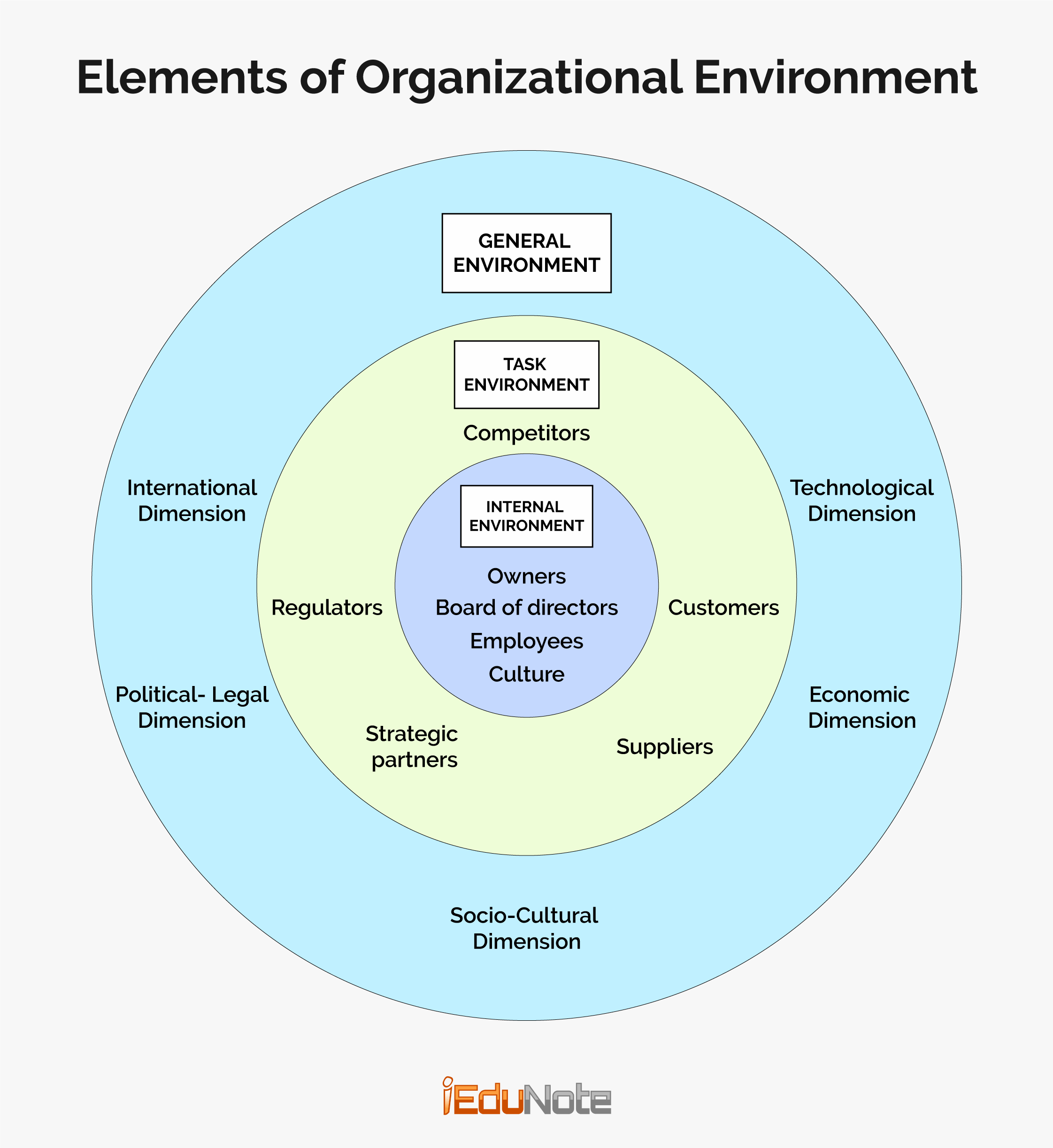A commercial policy or trade policy is a governmental policy governing trade with other countries. This covers tariffs, trade subsidies, import quotas, voluntary export restraints, and restrictions on the establishment of foreign-owned businesses, regulation of trade in service, and other barriers to international trade.
Countries that are part of an economic union often have a single commercial policy that determines how member countries can interact with non-member countries.
For example, member countries of the European Union have a common commercial policy.
In modern times, the commercial policy of every country is generally based on the encouragement of exports and the discouragement of imports. The exports are encouraged by giving preferential freight rates on exports, subsidies, etc. Imports are hindered by erecting tariff walls, exchange controls, quota systems, home campaigns, etc.
22 Features/ Objectives of Commercial Policies
- To improve & extend international aid/cooperation through the exchange of goods & making a contract with different countries.
- To create an international market for our local products to increase exports.
- To participate in the international trade fair to introduce our local products through govt or private initiatives.
- To take proper steps for promoting the export of non-traditional items.
- To launch publicity campaigns to create a new market for traditional products.
- To create a favorable environment for foreign trade/exchange.
- To provide export facilities to exporters.
- To reduce the import of luxurious goods.
- To import raw materials, machinery, parts & accessories necessary for producing goods.
- To promote the establishment of export-oriented industries.
- To meet the need for essential goods.
- To encourage govt. & private sector industry for foreign trade.
- To stabilize the foreign exchange rate.
- To promote the export of manpower, to increase the earning of foreign currencies.
- Encourage domestic and foreign investment in overall industrial development.
- Encourage especially the development of small & cottage industries.
- Encourage the development of agro-based and agro-supportive industries.
- Stimulate the development of industries based on indigenous raw materials and indigenous technology
- Motivate investment in the intermediate and basic industries
- Create possible opportunities for revitalizing and rehabilitating controlling the quality of products and
- Take appropriate measures to prevent environmental pollution and maintain ecological balance.
- Control the internal/external trade and other commercial activities of the economy
8 Instruments of Commercial Policy
Tariff
A tariff is a tax or duty levied on the traded commodity as it crosses a national boundary. An import tariff is a duty on the imported commodity, while an export tariff is a duty on the exported commodity.
Tariffs can be ad valorem, specific, or compound. The ad valorem tariff is expressed as a fixed percentage of the value of the traded commodity.
The specific tariff is expressed as a fixed sum per physical unit of the traded commodity. Finally, a compound tariff is a combination of an ad valorem and a specific tariff.
Quotas
An import quota is a direct restriction on the quantity of some good that may be imported. The restriction is usually enforced by issuing licenses to some groups of individuals or firms.
For example, the United States has a quota on imports of foreign cheese.
The only firms allowed to import cheese are certain trading companies, each of which is allocated the right to import a maximum number of pounds of cheese each year.
Export Subsidies
An export subsidy is a payment to a firm or individual that ships a good abroad.
Voluntary Export Restraint
Voluntary export restraint refers to the case where an importing country induces another nation to reduce its exports of a commodity “voluntarily,” under the threat of higher all-around trade restriction, when these exports threaten an entire domestic industry.
The United States negotiated voluntary export restraint on Japanese automobile exports in 1981.
Local Content Requirements
A local content requirement is a regulation that requires that some specified fraction of a final good be produced domestically.
Export Credit Subsidies
This is like an export subsidy, except that it takes the form of a subsidized loan to the buyer. The United States has a government institution, the Export-Import Bank, that is devoted to providing at least slightly subsidized loans to aid exports.
Red-tape Barriers
Sometimes, a government wants to restrict imports without doing so formally. It is easy to twist normal health, safety, and customs procedures to place substantial obstacles in the way of trade.
The classic example is the French decree in 1982 that all Japanese videocassette recorders must pass through the tiny customs house at Poitiers- effectively limiting the actual imports to a handful.
Exchange Control
Exchange control refers to the restrictions on the purchase and sale of foreign exchange. It is operated in various forms by many countries, in particular those who experience shortages of hard currencies.
A government can use exchange controls to limit the number of products that importers can purchase with a particular currency. For example 1985, China placed strict restrictions on foreign exchange spending.

